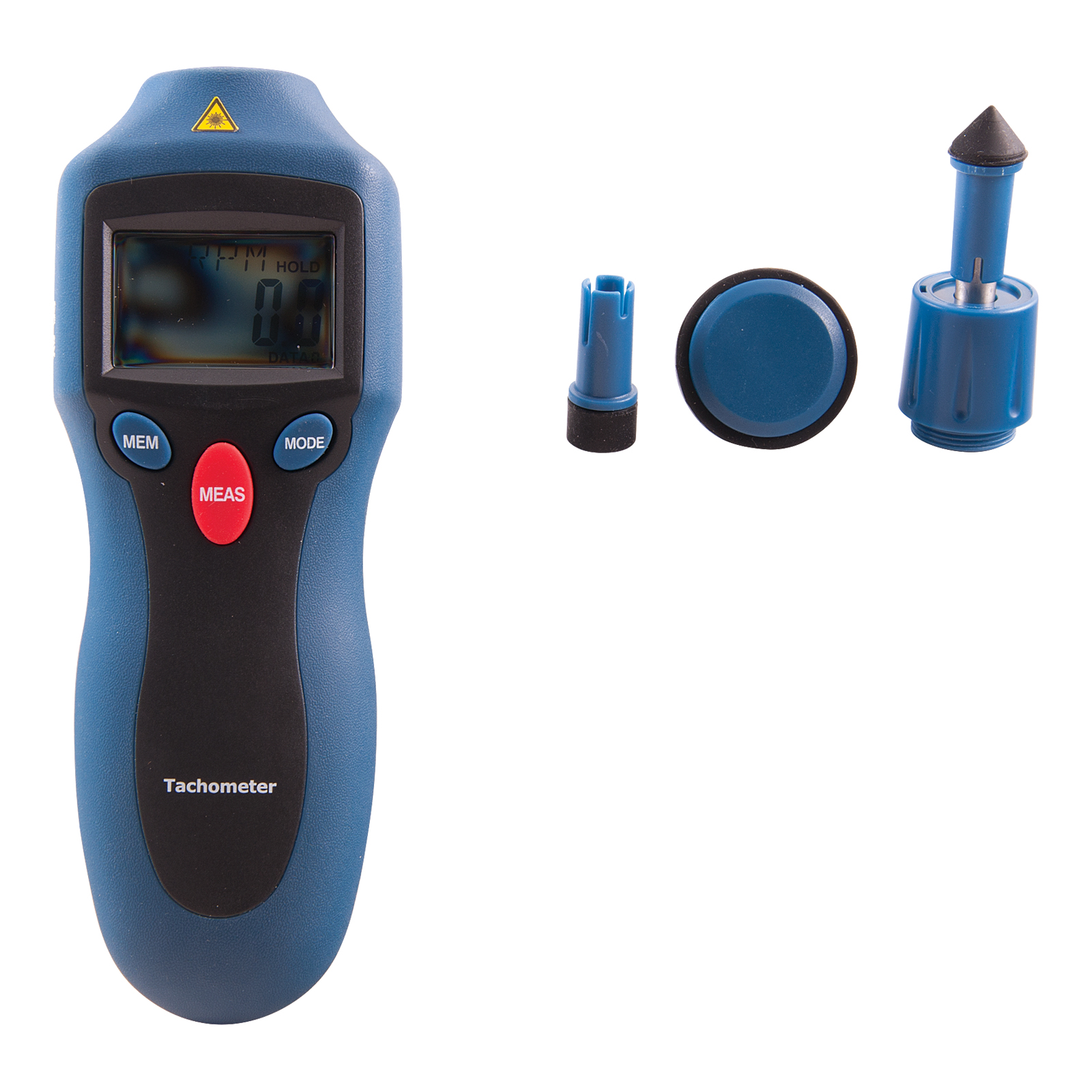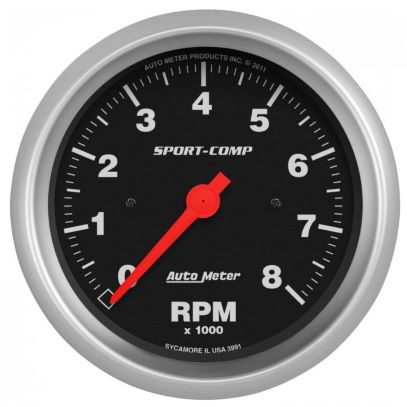The Relevance of a Tachometer in Keeping An Eye On Engine Rate and Performance in Automotive Applications
In the world of vehicle design, the tachometer stands as a crucial tool in the motorist's arsenal, supplying a direct home window right into the inner workings of a vehicle's engine. Beyond its feature as a mere gauge of revolutions per min (RPM), the tachometer works as an essential device for fanatics and specialists alike, providing real-time insights into engine efficiency and wellness. Recognizing the relevance of this tool goes beyond surface-level observations, delving right into the intricate relationship between engine speed, power result, and total driving experience. As we explore the multifaceted role of the tachometer in automobile applications, a deeper recognition for its influence on lorry characteristics and effectiveness begins to emerge.
Importance of Keeping Track Of Engine RPM
Monitoring engine RPM, or changes per minute, is an essential facet of vehicle maintenance and performance analysis. Engine RPM directly correlates with the rate at which the engine's crankshaft rotates, suggesting how quickly the engine is running - tachometer. By checking RPM, technicians can examine the wellness of the engine, identify possible concerns, and fine-tune performance. An uncommon RPM reading may signify problems such as engine misfires, faulty spark plugs, or issues with the gas shipment system. Consistently high RPM readings could show aggressive driving routines or the demand for a greater equipment shift to enhance fuel efficiency.
In addition, monitoring engine RPM is vital for efficiency evaluation in auto racing and high-performance cars. Keeping optimal RPM levels is crucial for attaining peak power result and acceleration. Racers typically make use of tachometers to guarantee they are running within the optimal RPM range for optimum performance. In recap, keeping an eye on engine RPM is not only crucial for identifying concerns yet additionally for optimizing engine efficiency in different automobile applications.

Advantages of Real-Time Data
In auto applications, real-time data plays a crucial duty in offering immediate insights into the performance and problem of the vehicle. By constantly checking different parameters such as engine rate, temperature level, fuel consumption, and extra, real-time data provides various advantages that add to boosted effectiveness and safety when traveling.
One substantial benefit of real-time information is its ability to sharp vehicle drivers and specialists to any anomalies or problems quickly. This proactive technique makes it possible for quick identification of potential troubles, enabling timely treatments to avoid additional damage or malfunctions. Additionally, real-time information promotes performance optimization by giving instant responses on driving behaviors and engine performance. Chauffeurs can adjust their actions in real-time based upon this details to attain far better fuel economic climate and extend the life expectancy of their car.

Furthermore, real-time information plays an essential role in modern-day automotive diagnostics, making it possible for technicians to quickly diagnose and deal with malfunctions. This leads to minimized downtime, reduced maintenance costs, and ultimately, improved overall car integrity and long life (tachometer). By harnessing the power of real-time data, auto stakeholders can make educated choices that favorably influence both the performance and longevity of the vehicle
Effect On Equipment Shifts
The tachometer plays a critical role in enhancing equipment changes by providing real-time engine speed data to the vehicle driver. When coming close to the redline on the tachometer, it indicates the driver to upshift to protect against over-revving the engine and creating possible damage.
Additionally, the tachometer aids in achieving smoother equipment shifts, especially in hand-operated transmissions. By checking engine speed, vehicle drivers can carry out equipment shifts at the optimum RPM array, minimizing snagging activities and reducing endure the transmission elements. This accuracy in gear adjustments not only boosts driving convenience however likewise adds to fuel performance.
Enhancing Gas Performance
Provided the critical duty the tachometer plays in maximizing gear shifts for efficiency and engine health and wellness, it straight adds to taking full advantage of fuel effectiveness in automotive applications. By providing real-time comments on engine rate, the tachometer assists vehicle drivers in preserving one of the most reliable RPM range for gas economic situation. When motorists pop over to this web-site constantly keep an eye on the tachometer and readjust their driving practices appropriately, try this website they can stay clear of unneeded gas usage triggered by over-revving or carrying the engine.
Furthermore, the tachometer helps vehicle drivers recognize the most fuel-efficient equipment to be in at any kind of given moment, preventing the engine from working harder than needed. In final thought, the tachometer serves as a valuable device in boosting gas performance by advertising ideal driving habits and identifying areas for improvement in the automobile's performance.

Optimizing Engine Durability
The tachometer's function in checking engine rate and performance is instrumental in making sure the long life of automobile engines. Keeping an eye on the tachometer allows vehicle drivers to remain within the recommended RPM variety for their lorry, preventing unneeded pressure on the engine and extending its life expectancy.

Conclusion
In conclusion, the tachometer plays a crucial role in checking engine speed and performance in automobile applications. By providing real-time information on RPM, it enables effective equipment changes, improved gas effectiveness, and maximized engine longevity. This tool is crucial for preserving optimal engine efficiency and guaranteeing the overall functionality of a lorry.